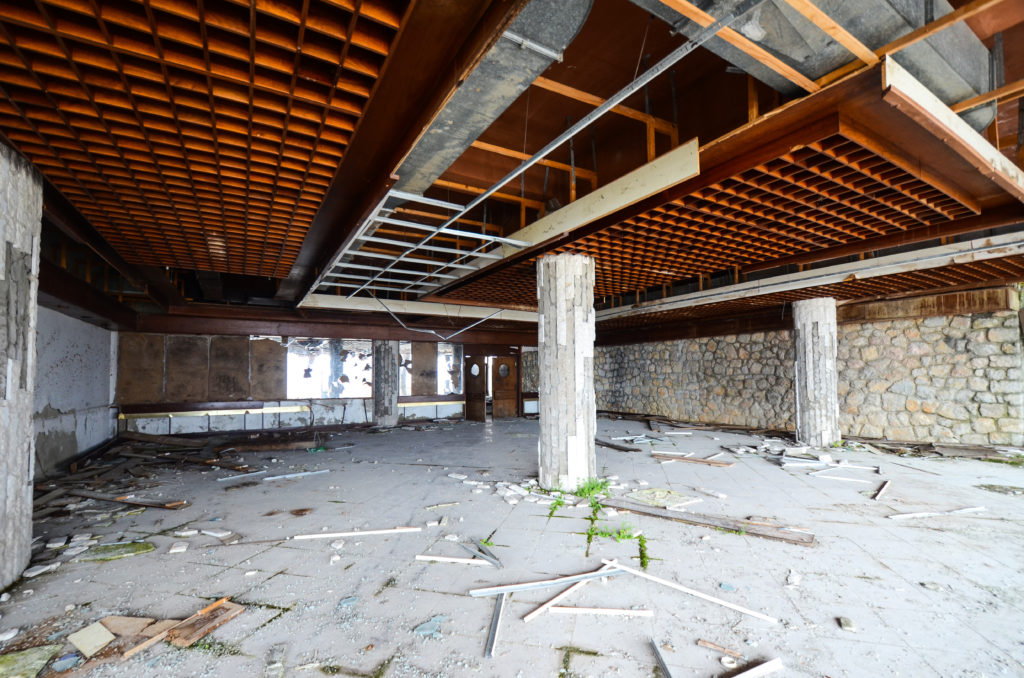
So, you found the perfect space – it’s got all the characteristics you are looking for and seems to be the right price.
The landlord is prepared to give a $20.00 per sq. ft. leasehold improvement allowance, for a 5-year lease term commitment, if you pay $15.00 net per sq. ft.
You know that you are going to have to do some renovations. You want to take down a few offices, replace the flooring, build a feature wall, update the kitchen, and paint the suite.
Instead of simply signing the lease and hoping the interior construction will be $20.00 per sq. ft. (the amount of the leasehold improvement allowance) you decide to have your designer/contractor a preliminary estimate of the construction costs.
It turns out that the interior construction required is going to cost $30.00 per sq. ft. You don’t have the cash to offset the difference between the $20.00 per sq. ft. leasehold improvement allowance and the cost of the construction – but you want the space.
What do you do?
Use Your Competitive Leverage
Market conditions or the supply and demand of office space have the most significant impact on the size of leasehold improvement allowances being offered.
If you have other legitimate leasing options, are those landlords offering higher leasehold improvement allowances for roughly the same term and rent? If so, you have the leverage to negotiate more money for your construction.
Reno’s at the Landlord’s Cost

Is the condition of the space is poor? If so, there may be an opportunity to make some interior construction part of the ‘Landlord’s Work’ (their cost) and not paid for by the leasehold improvement allowance.
Avoid accepting space on an ‘as-is-where-is’ basis if you can. You should ask that the landlord complete the demolition, repair the HVAC (heating, ventilation, air conditioning), fix the lighting, and replace damaged areas of the ceiling at their cost.
With the landlord absorbing more of the costs, you can spend your leasehold improvement allowance on your leaseholds – not fixing the landlord’s problems.
Extend the Lease Term

The longer the lease term the more time there is to amortize a leasehold improvement allowance. The result is a lower monthly rent payment.
Let’s say you agree to extend the lease term from 5 years to 10 years paying $15.00 net per sq. ft. Now the leasehold improvement allowance can be increased to $32.00 per sq. ft. without changing the landlord’s net effective rent (net rent less all the landlord’s costs)*.
This increase in the leasehold improvement allowance would cover the cost of your construction ($30.00 per sq. ft.) with a small amount left as a contingency fund.
Agree to Pay Higher Net Rent
Although this is not likely your first choice, you can agree to pay a higher net rent as a concession for a higher leasehold improvement allowance.
For example, if you increase the net rent paid for a 5-year term from $15.00 to $17.50 per sq. ft., the landlord could provide a $30.00 per sq. ft. leasehold improvement allowance and still achieve the same net effective rent*.
When All Else Fails – Free Rent
You’ll encounter all types of landlords. Some will be small local owners with a single building. Other buildings will be owned by syndications, pension funds, and real estate investment trusts with multiple properties.
Most of the time, the bigger the landlord, the more money they can provide for a leasehold improvement allowance.
If the landlord is a small local owner they may not have access to the additional funds necessary to increase the leasehold improvement allowance.
In these cases, try to negotiate free rent to offset the extra leasehold improvement allowance dollars you need to construct the space.
Do you have questions about leasehold improvement allowances? Please email me at jeff.daniels@royallepagecommercial.com
*This scenario is based on TVM calculation using an 8% discount rate.


